Six feet at a time, Vale has announced, crews will meticulously tear down the 450-foot-tall Copperstack chimney from the skies near Sudbury, Ont., the first phase of a process that will see its more famous sister Superstack also demolished by the end of the decade.
Plans for demolition of the Copperstack were announced Sept. 4 with a targeted finish of fall 2025. Dismantlement of the 52-year-old Superstack, 1,250 feet in height and the tallest chimney in the hemisphere, will then take five years.
The two chimneys at Vale’s Copper Cliff Smelter Complex are victims of outdated technology and were replaced by two new 450-foot stacks as part of Vale’s $1-billion Clean Atmospheric Emissions Reduction Project begun in 2010. The new system scrubs sulphur dioxide from Vale’s mine emissions more efficiently.
Gord Gilpin, director of Ontario operations for Vale Base Metals, said in a statement to the Daily Commercial News, “While we appreciate that the city’s landscape will look different after these structures are dismantled, our business has evolved and improved over time and this project is part of that evolution. We are modernizing our facilities and reducing our environmental footprint and, in so doing, laying the groundwork to ensure that our next century of mining in Sudbury is as successful as our first 100 years.”
The smelter transforms metal-sulphide concentrate into copper sulphide, nickel sulphide and nickel oxide, with sulphuric acid as a byproduct, according to a Vale document.
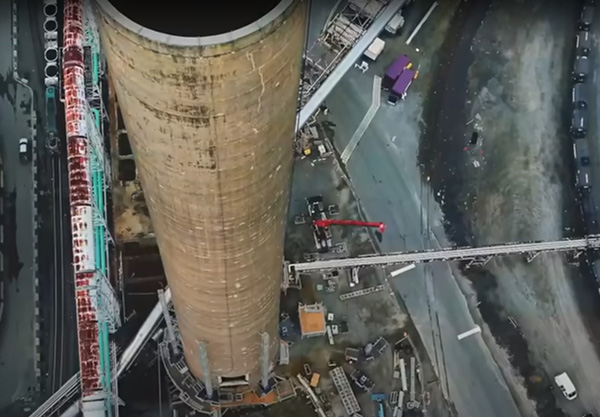
QM Environmental won the contract to dismantle the Copperstack.
As explained in a Vale video describing the demolition process, a mast climber with rails is being erected along the sides of the Copperstack, operating like an elevator to access a work platform at the top.
A crew of about six on the platform will operate concrete crunchers and breakers assisted by two robotic excavators to remove chunks of concrete the size of basketballs, Vale explained, dropping them down the stack to crash to the bottom.
Every five to 10 days, demolition will stop for a day for the removal of debris from the base of the interior of the stack. The mast climber will be reduced in height as each six-foot strip of the stack is removed.
Extrication of the debris is done through an opening 35-feet-high and 10-feet-wide created at the base of the stack.
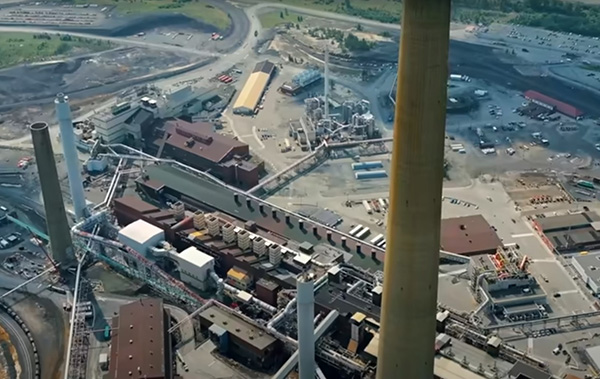
A long-reach excavator will be employed to remove the concrete and load it onto a truck that will transport it to a purpose-built storage facility within Vale’s central tailings facility.
Mist will be sprayed during the operation to minimize dispersion of dust. The extraction opening is sealed when not in use to minimize blowing dust.
The stack is expected to reach 300 feet in November, when plans are to stop the demolition until spring to avoid ice buildup from the misting process.
The interiors of the stacks have already been stripped with accessory structures sealed or removed, Vale explained. The flue that fed the Copperstack with emissions was removed in March of 2024, leaving only the concrete shell for demolition.
The Superstack has been inactive since 2020. ICC Commonwealth was awarded the contract to dismantle the Superstack.
Vale assembled engineering and demolition teams to develop mitigation, hazard assessment, safe-work and rescue plans in advance of the Copperstack demolition.
The firm’s Clean AER Project has enabled its Sudbury operations to eliminate 100,000 tonnes of sulfur dioxide emissions each year, bringing emissions to 30 per cent below the provincial standard.
Follow the author on X/Twitter .


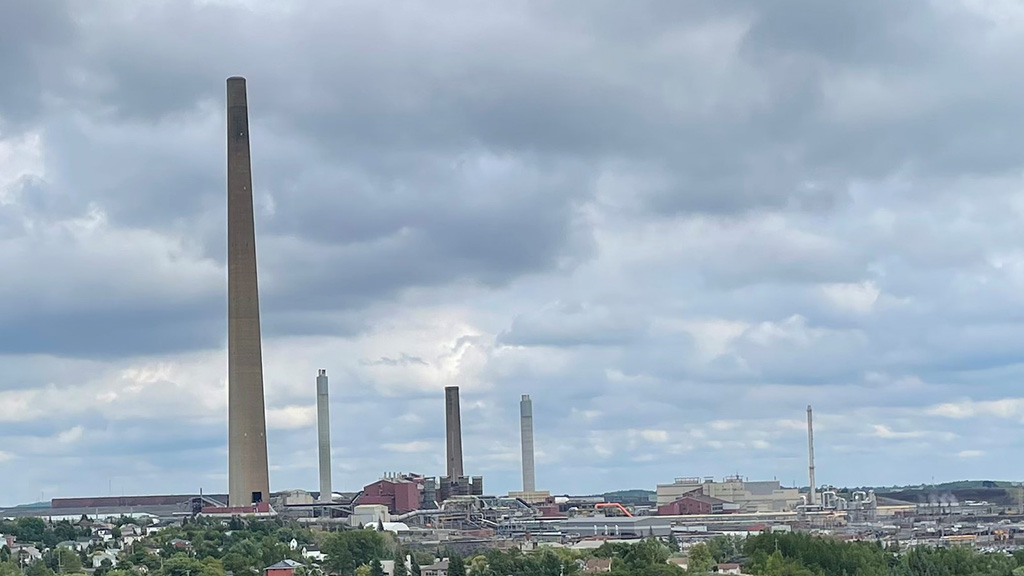


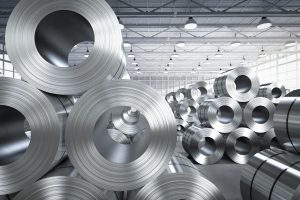


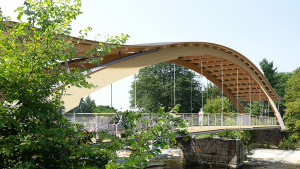


Recent Comments
comments for this post are closed